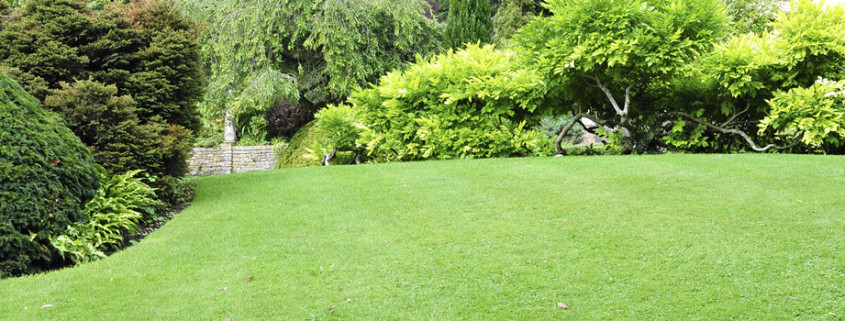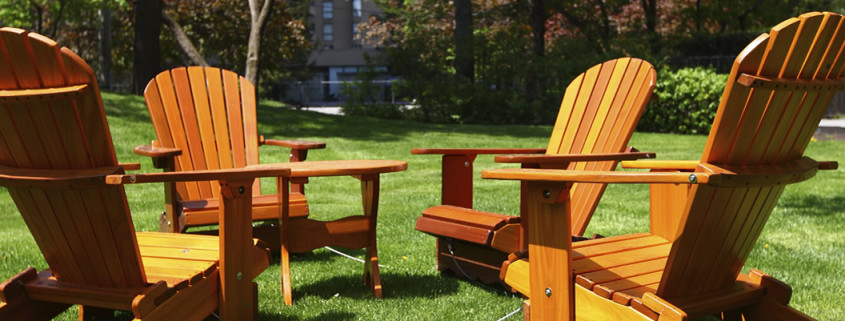Landscaping: An Art of Creating and Maintaining Lawn
The secret to obtaining a healthy lawn during the summer lies in the method that you execute during spring. By implementing a methodical approach, you can gain and develop a healthy lawn that is resilient to the effects of the weeds, sun, heavy foot traffic, and pests. The history of landscaping originates from planning, designing and managing of large mansions, estate, residencies, and royal places. During 18th and 19th centuries, there was a high demand for obtaining a lavish garden among the noble residencies and royal palaces. This trend has led us to create and maintain a green lawn in your own backyard today. Here are a few steps that help you to create and maintain a healthy green lawn:
Expose your Lawn to Promote Healthy Formation of the Root System
Aeration allows the grass to respire, and also enables nutrients and water to reach the root system in a more efficient way. Execute the process in the autumn if your grass is a cool-season grass, like ryegrass or bluegrass. If you reside in a climate where warm-season grasses boom, aerate it in early spring. Many specialists advise that aerating your yard every 1 to 3 years would be helpful to provide a strong foundation to your grass.
Rake your Lawn to Eradicate Excess Thatch
Thatch or Straw is the rotten plant material that gets collected on the ground. A layer of thatch can block sunlight from entering grass and can stop water from reaching deep roots. Eliminating that extra thatch provides healthy grass during the summer.
Fertilize your Lawn as per the Type of Grass you have
Fertilizing your lawn at least two times in a year, especially during the growing seasons of your lawn will help the grass to sustain for a longer period of time. If you have cool season grass, use fertilizer that is higher in nitrogen rich fertilizer. Warm season grasses need fertilization during the summer, when the lawn highlights its first signs of liveliness.
Water your Lawn Keeping Roots in Mind
There are grasses that require about 1 inch (2.54 cm) of irrigation every week during its peak growing seasons. Watering deep roots helps grass to survive even in hot summer conditions, including famines. To gain best results, water your grass during the early morning or at night.
Trim your Lawn Regularly and Properly
Mowing your lawn is significant for the overall health of your lawn. Few things that you need to keep in mind while trimming your lawn are:
- Avoid cutting more than one-third of the height of the grass while mowing.
- Frequent mowing strengthens the roots, making the grass healthy.
- Increase the mowing height of your lawnmower whenever summer months approach. Long grass shades the soil better, keeping it soggy.
Landscaping is very crucial to upgrade your lawn during the summer as it maintains the coolant within your surroundings. So, enjoy the summer and the cool breeze of your lawn!


